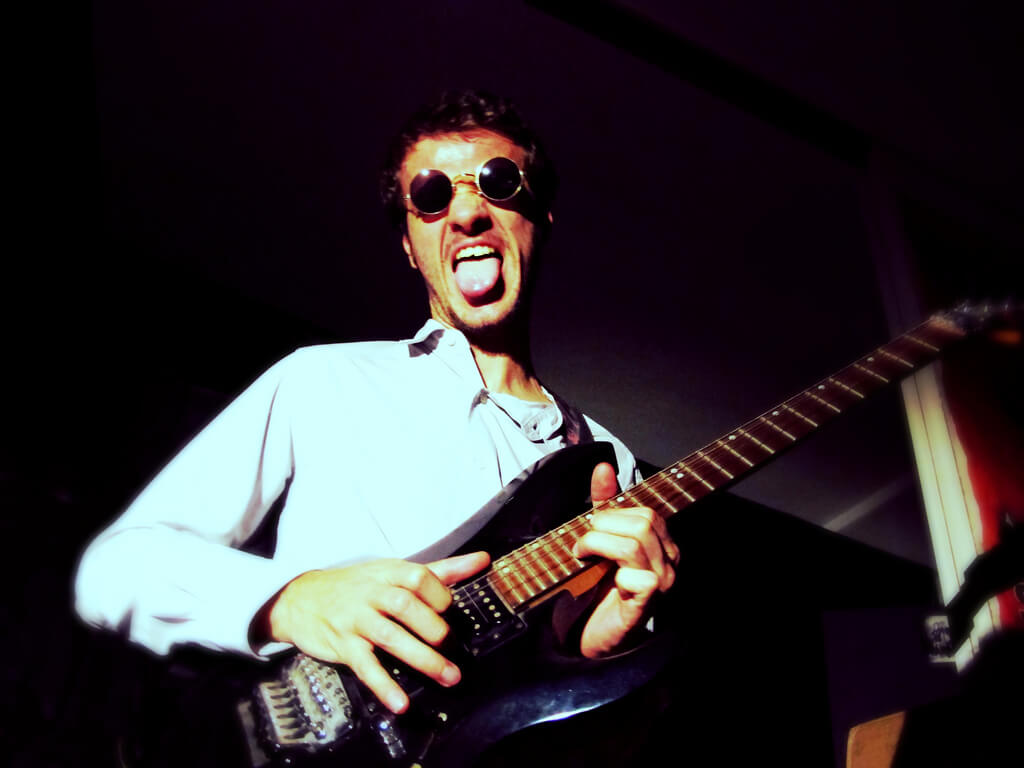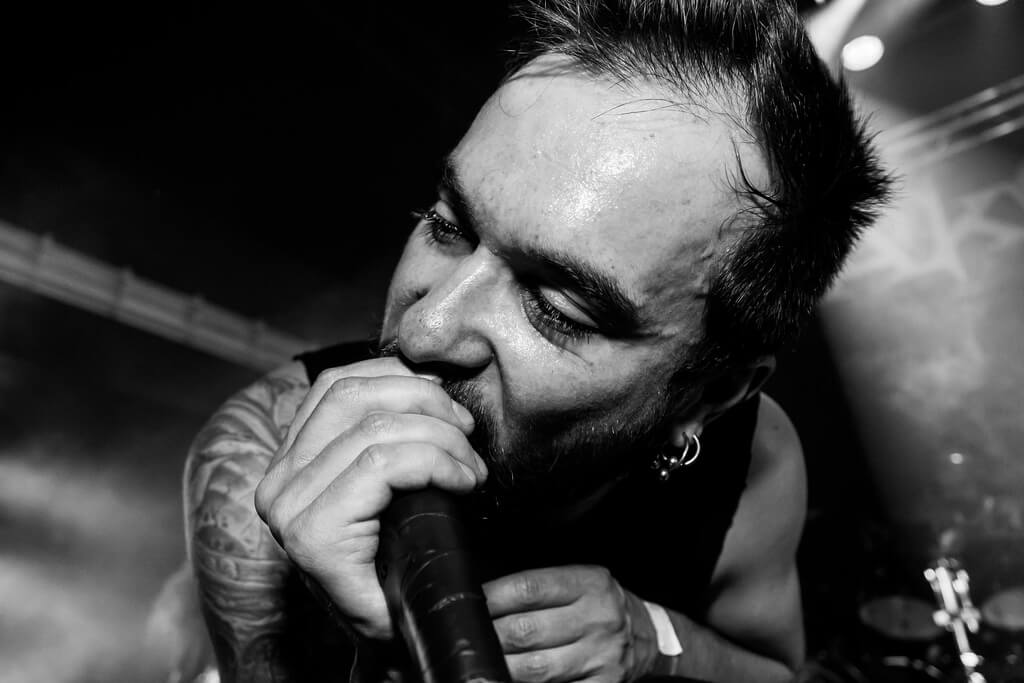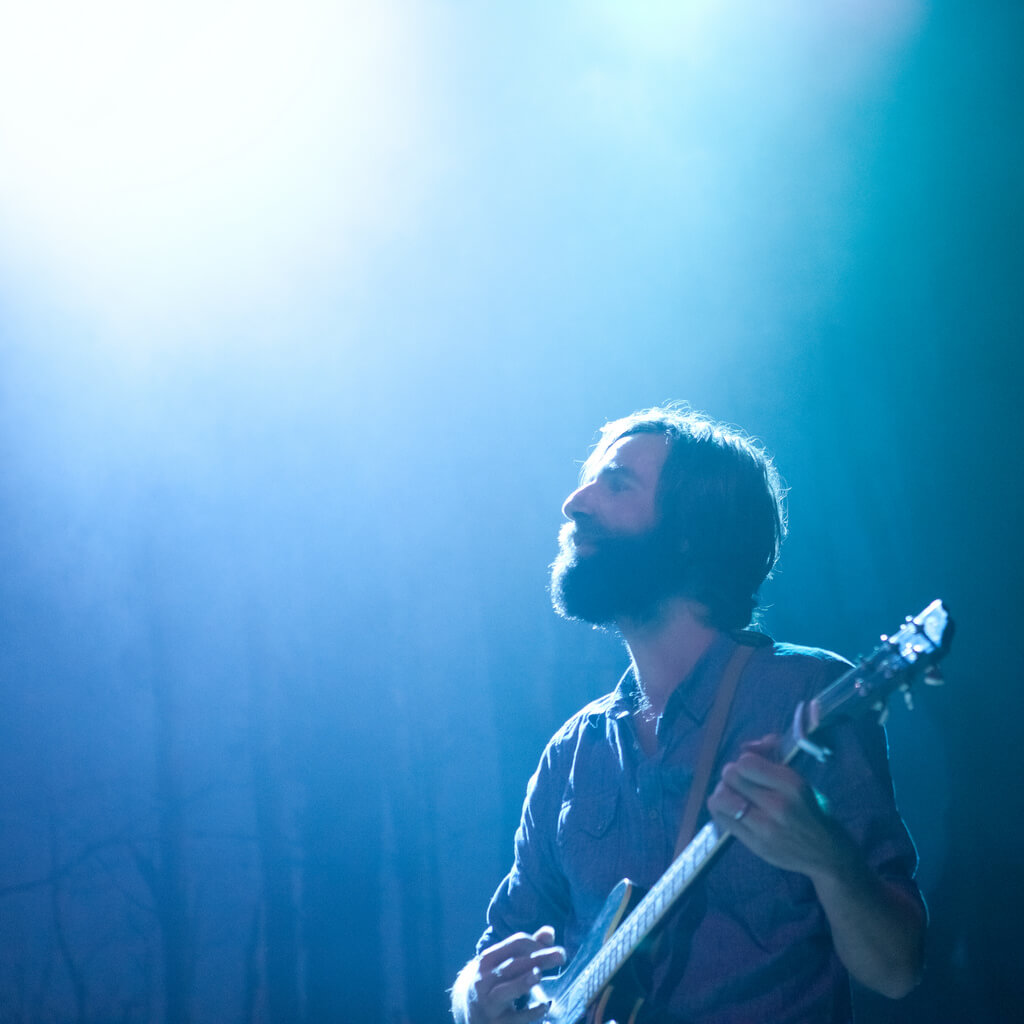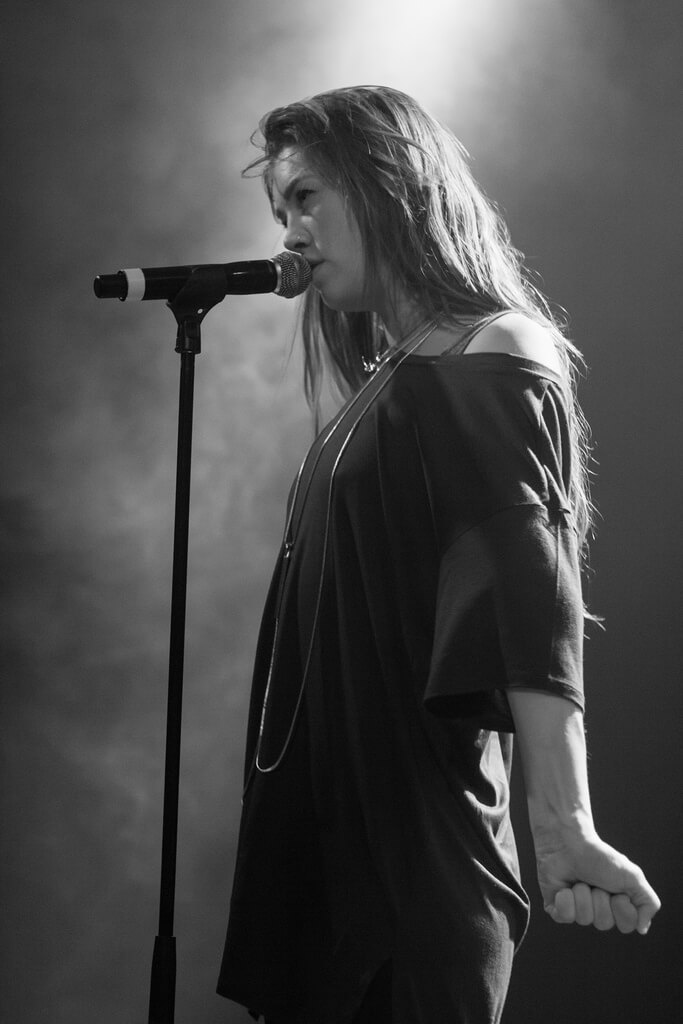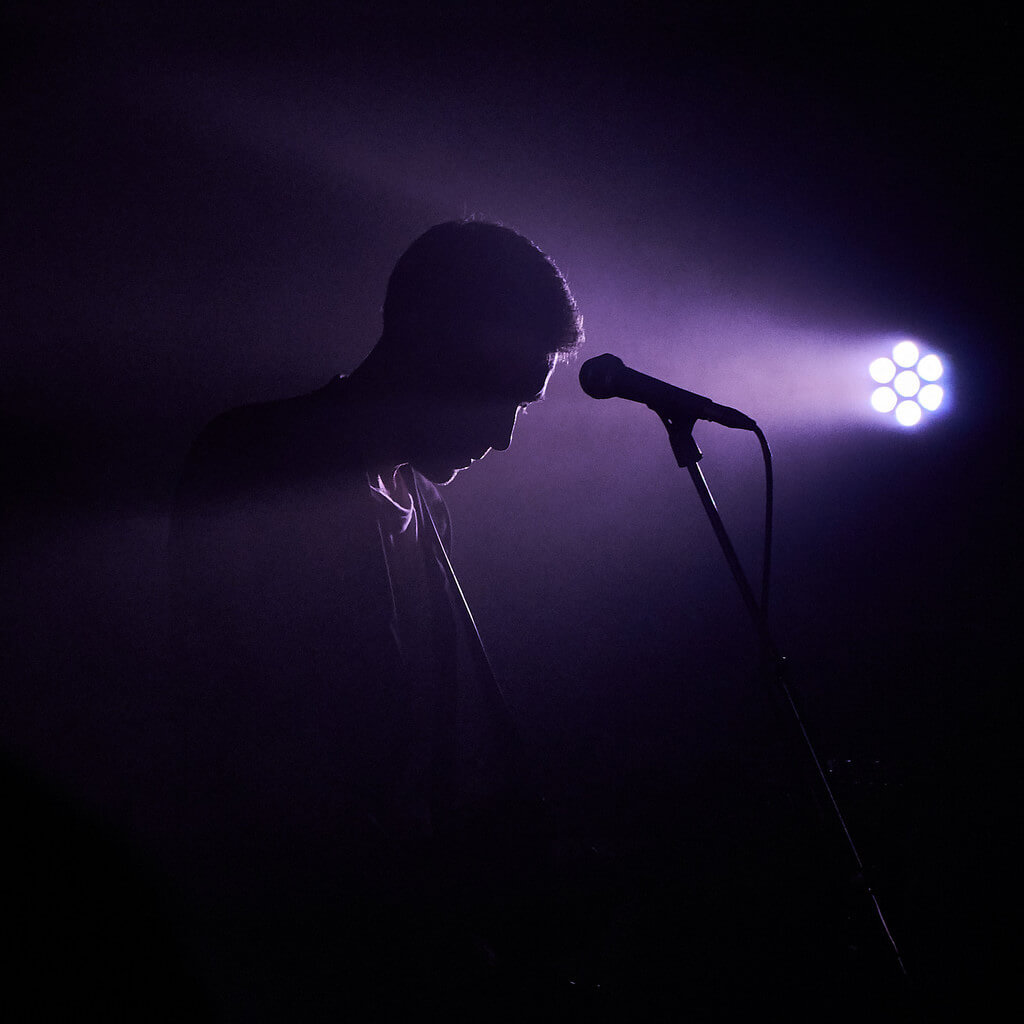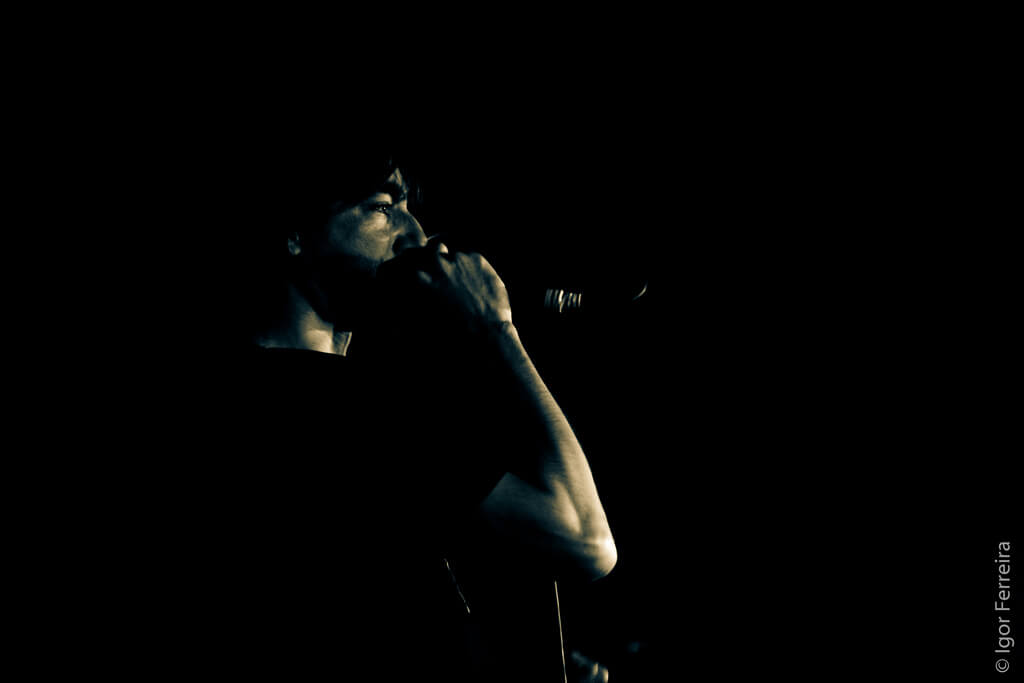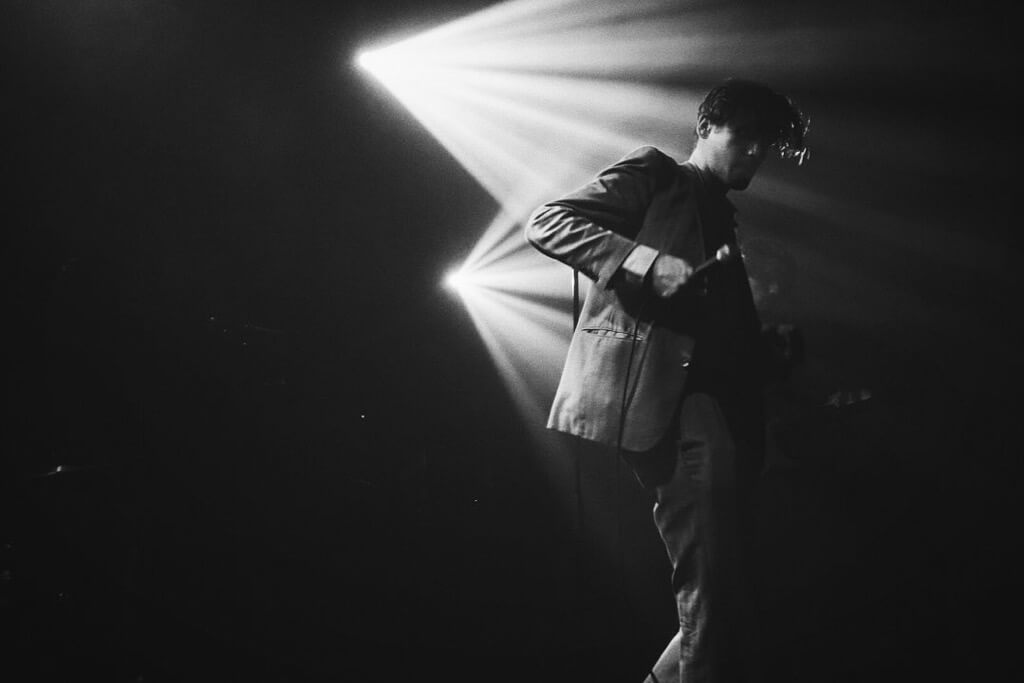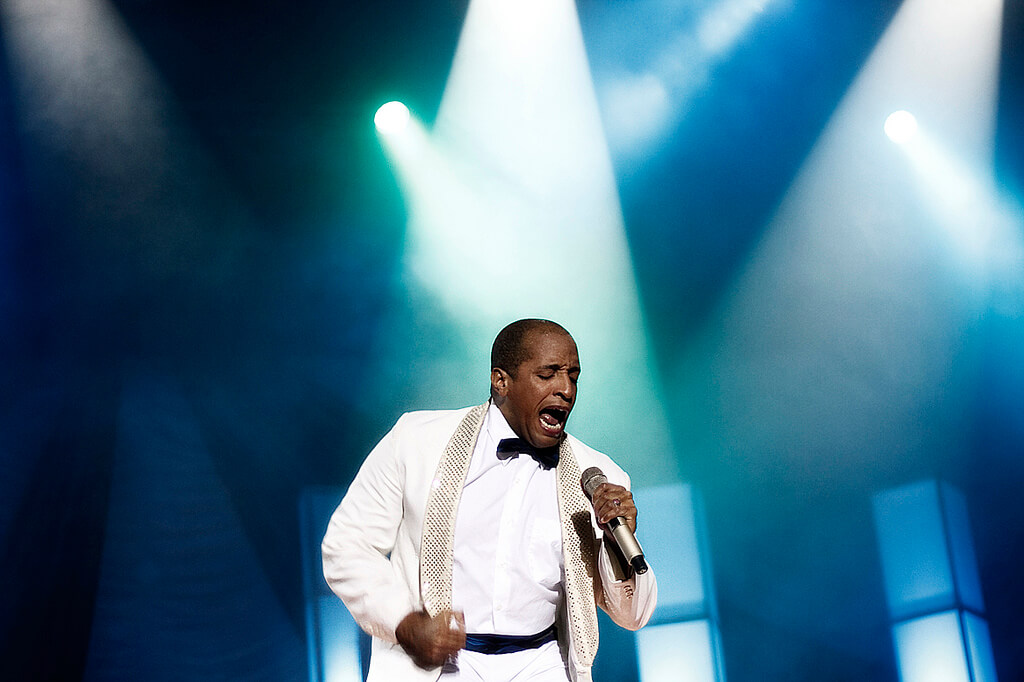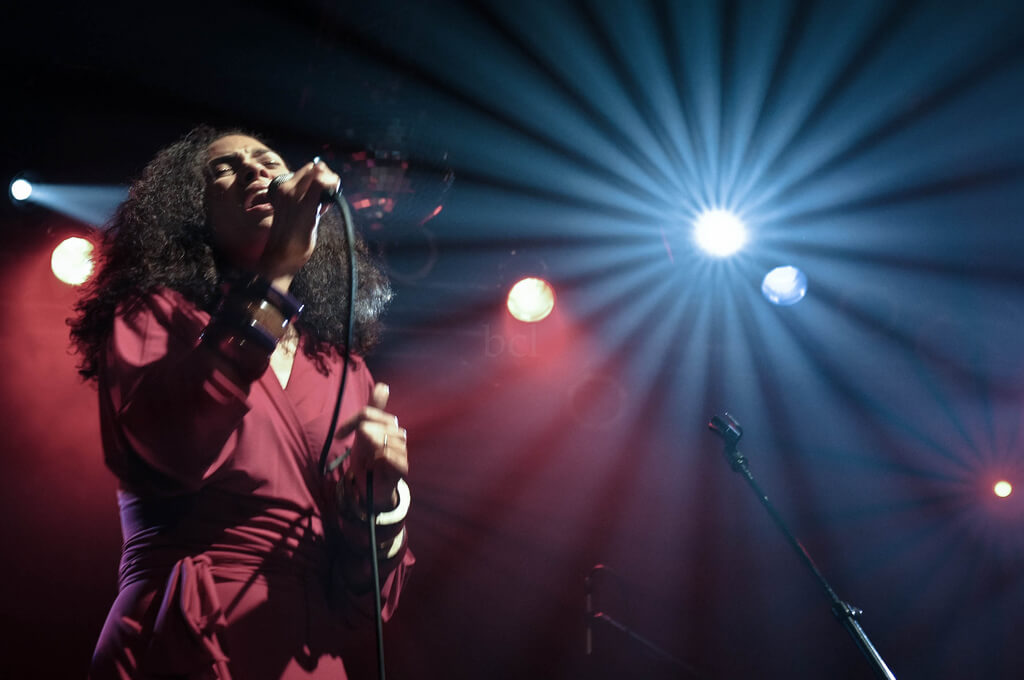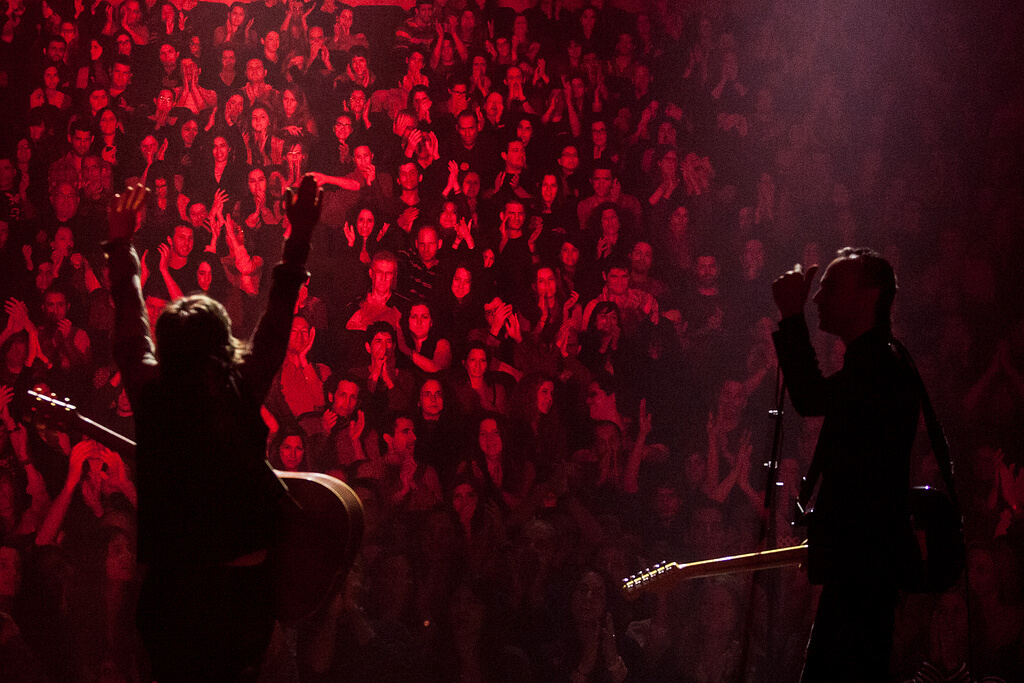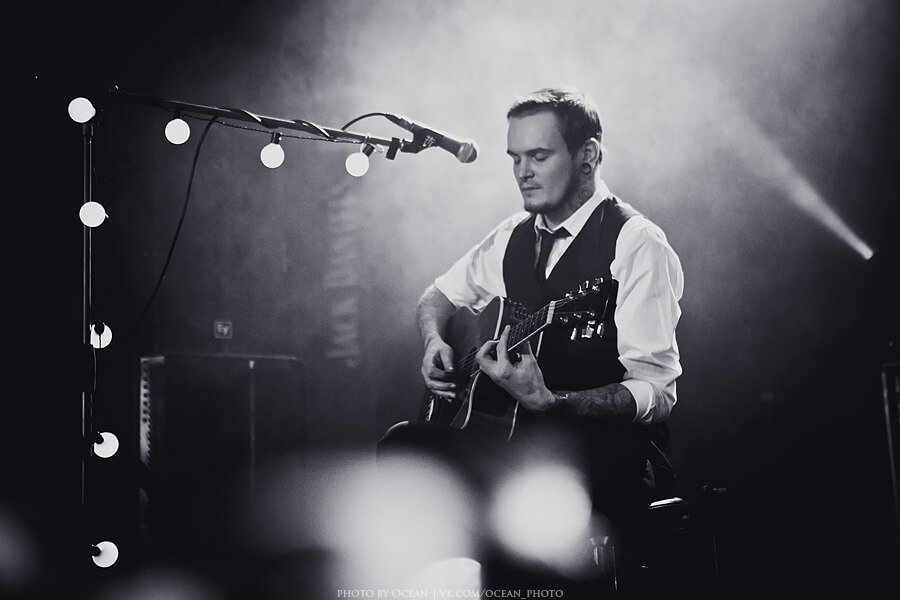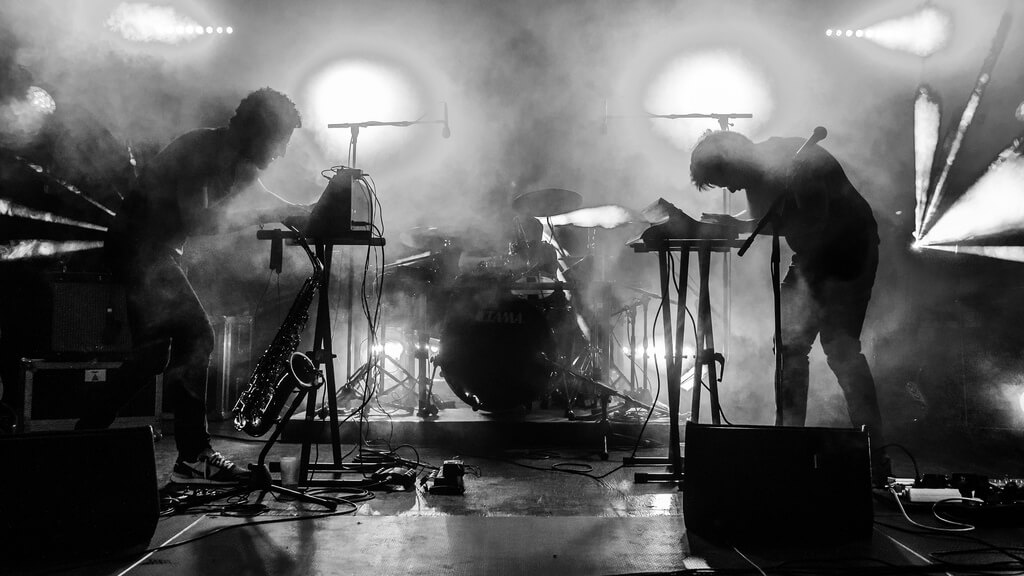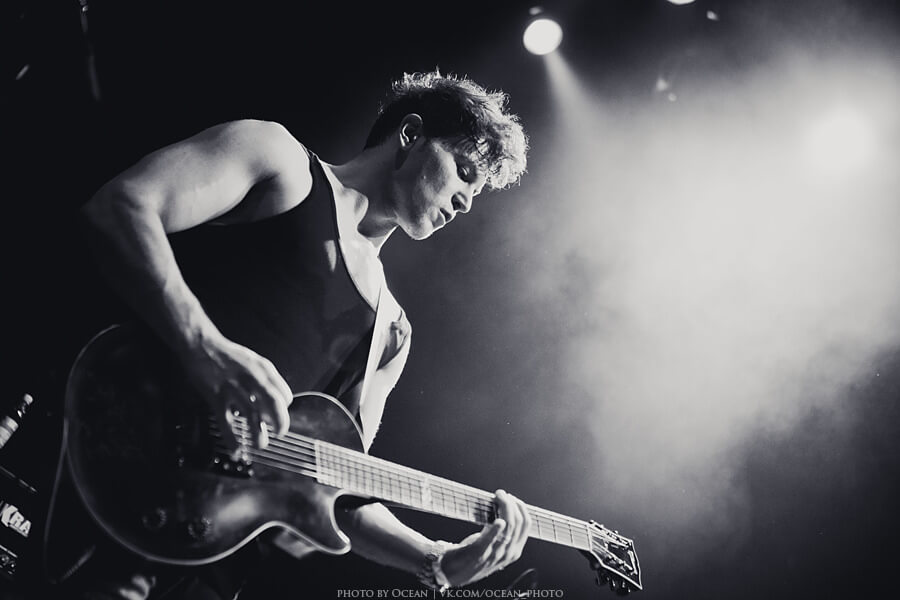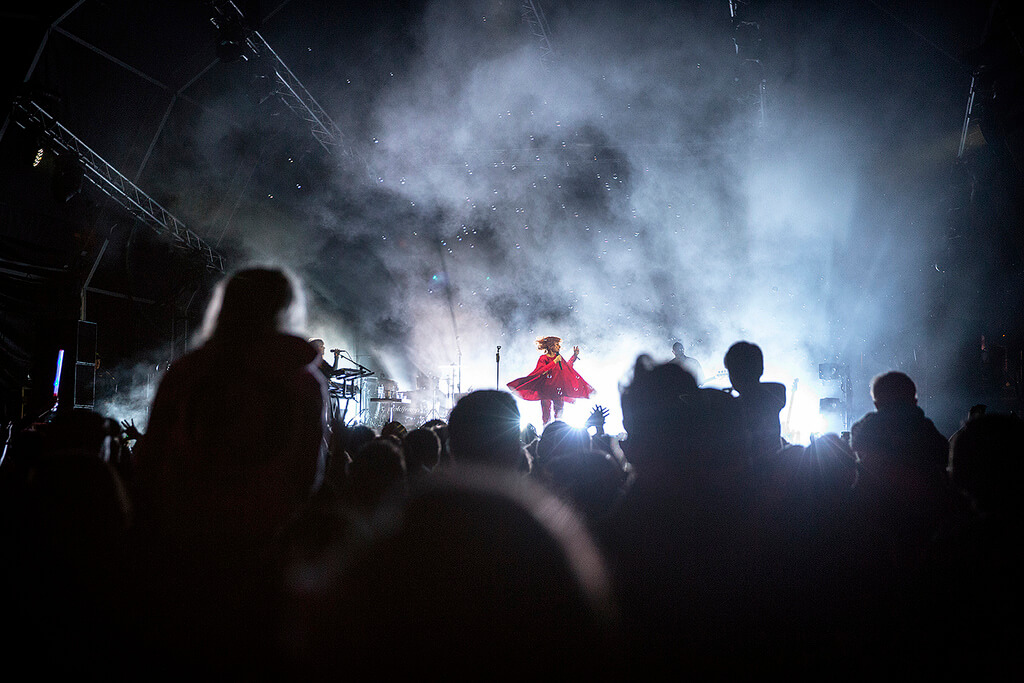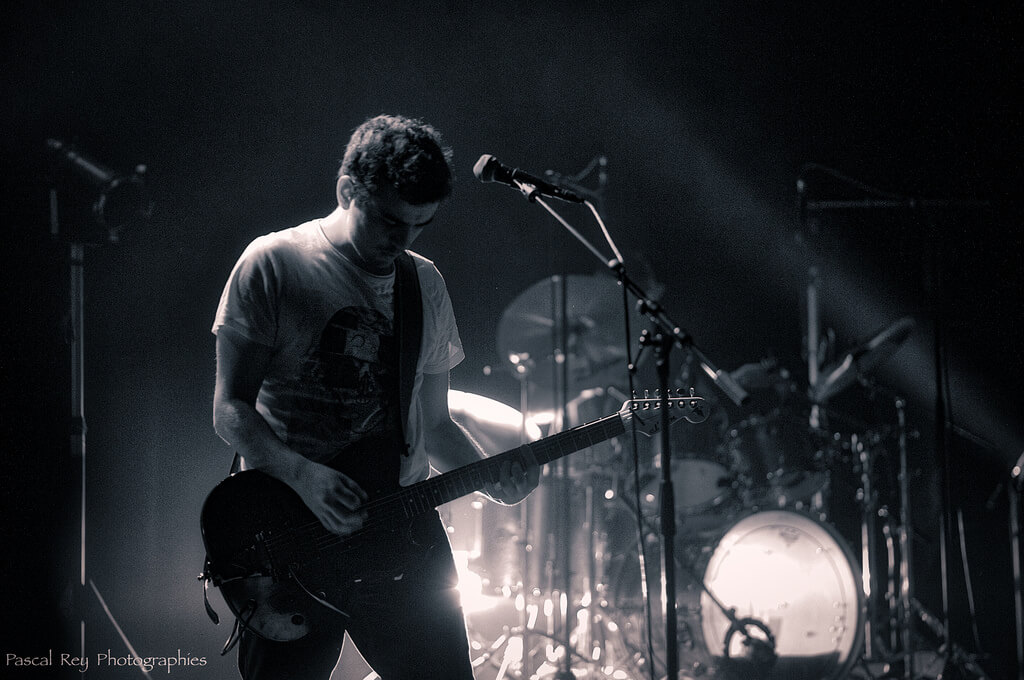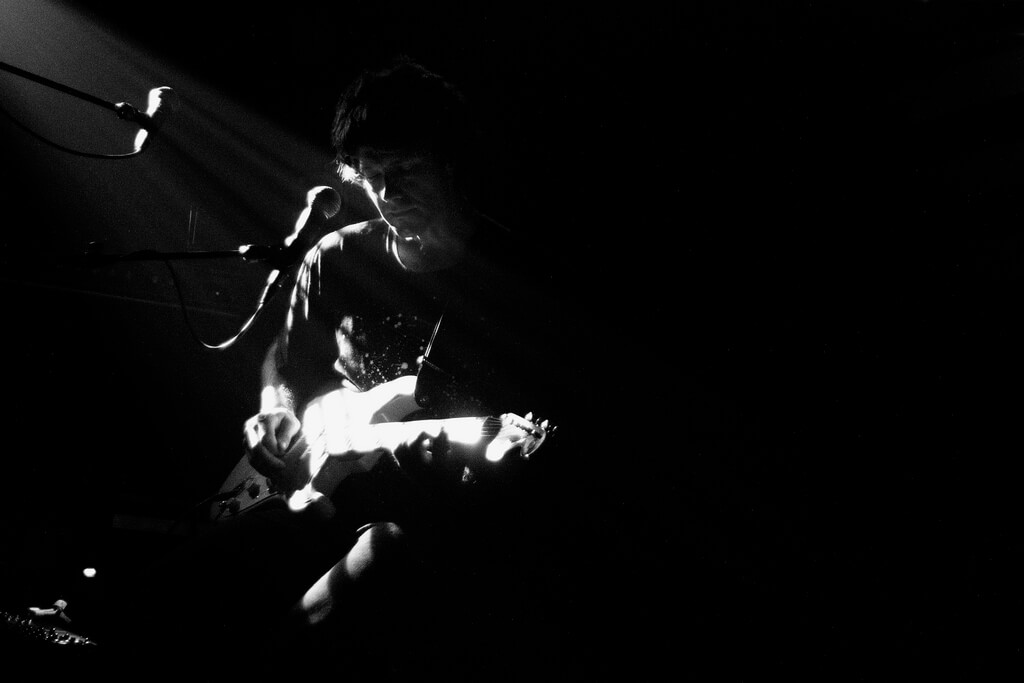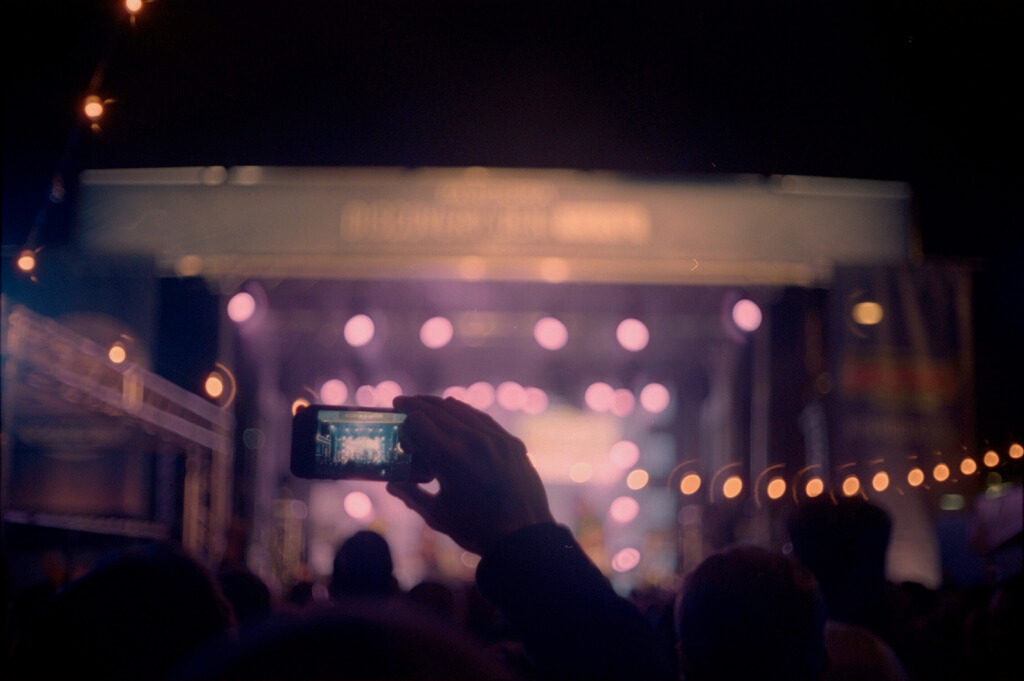Concert photography is notoriously difficult. Unlike many other photography genres, concert photography gives you little control over the environment, subjects, and angles of your photos. You can’t always walk around freely or get close to the performers, and you often have to work with low light in a crowded space.
Nevertheless, one fantastic concert photo can make the whole challenge worthwhile. Concerts have a unique atmosphere you can’t get anywhere else. Capturing that vibe in a photo can feel more satisfying than shooting easier scenes and subjects. So even if you feel too inexperienced to handle a concert photo shoot, give it a try! If nothing else, you’ll learn a lot!
Concert Photography Tips and Inspiration
The first step to getting great concert photos is to see what kinds of photos are already out there. What compositions and techniques do other photographers use during concerts? This inspiration can put you on the right foot, so you’ll shoot your first concert with some ideas already in mind.
Don’t feel frustrated if your first images aren’t as good as you’d hoped. Concert photography takes a lot of time and practice to master. Excellent concert photographers have spent years building up their skills; you can’t expect to reach that level in one concert.
However, you can speed up your learning process by keeping the following 10 concert photography tips in mind.
Practice at small, laid-back concerts.
Big concerts with famous rockstars are thrilling to watch, but they’re difficult to photograph. With a packed audience, you’ll be stuck in one place, typically far from the stage. This situation is challenging even for experienced photographers, let alone beginners.
If you’ve never done concert photography before, start off with small, laid-back venues. This way, you’ll be able to get close to the performers and move around the room. You might even get to know the artists and be able to take backstage shots.
It won’t matter if they’re not famous (yet). Your main goal is practicing photography, not capturing celebrities. Once you’re comfortable with concert photography at this level, you can move on to harder venues.
Nic Taylor – 81 LTD Cocktail Launch Party
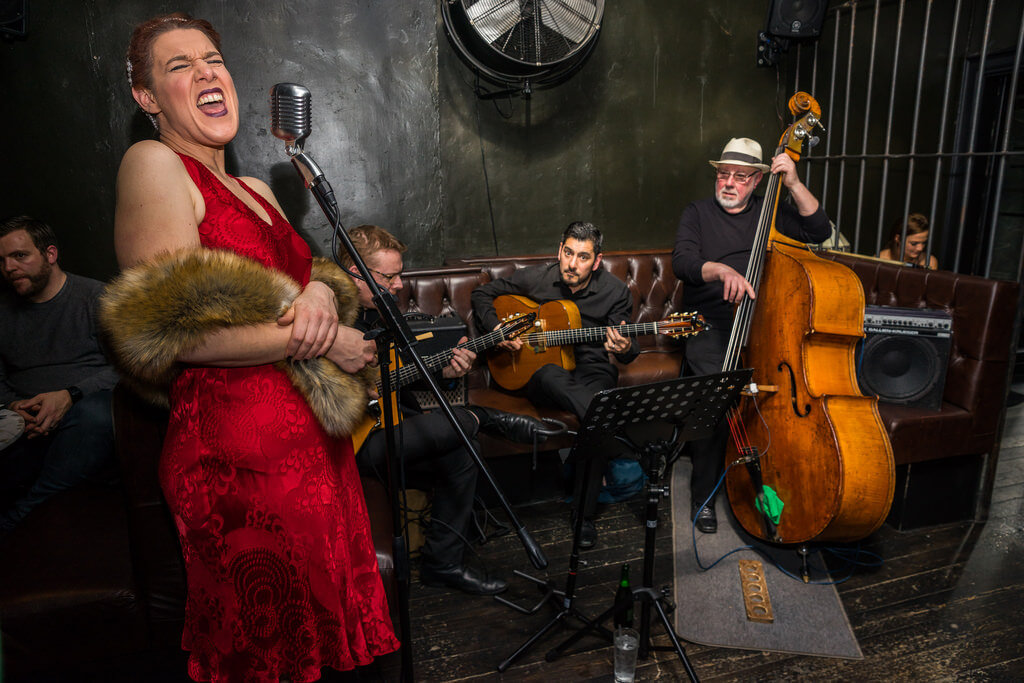
Shoot Zürich – Outdoor Piano Concert
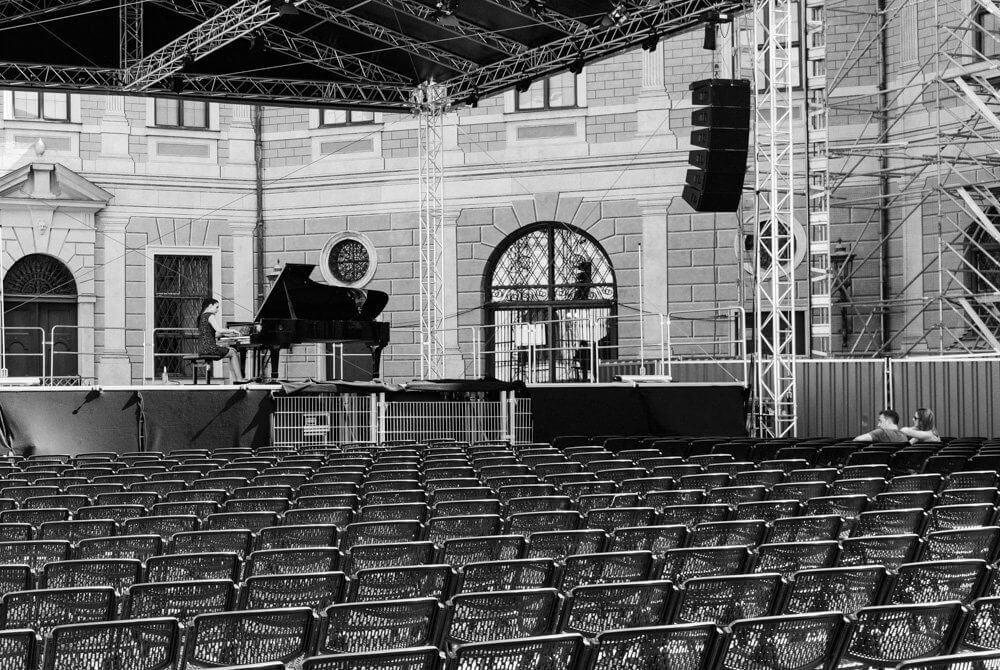
Marcel Tarnogorski – September Coffee House
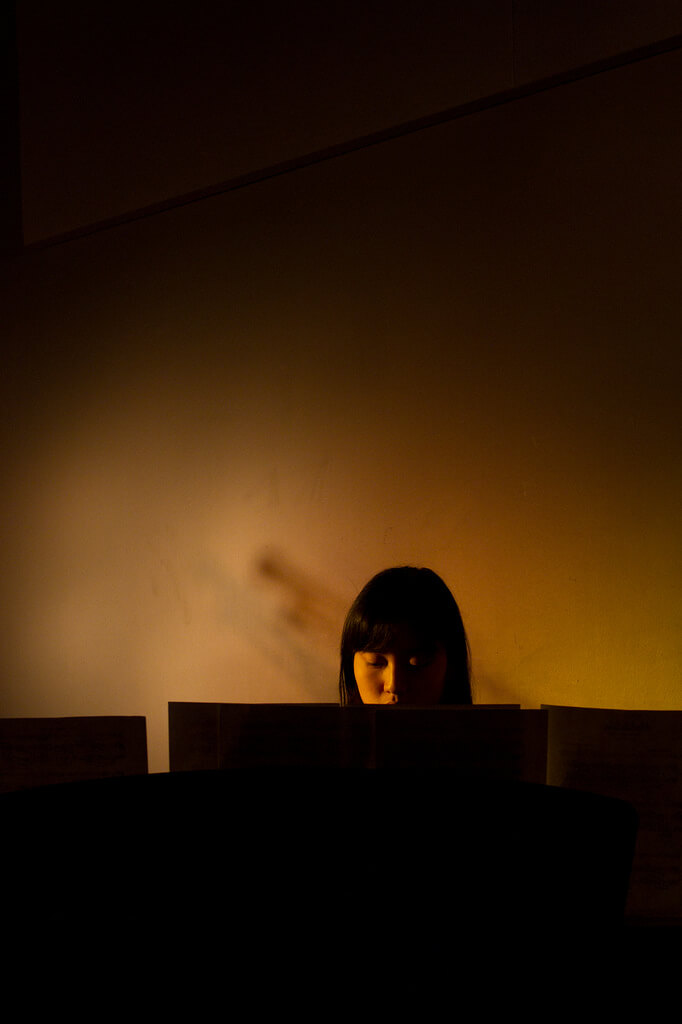
Use the right camera settings and gear.
In many photography genres, you can get nice photos regardless of your gear. Even a simple point-and-shoot camera can create beautiful photos with the right techniques.
However, gear does make a big difference in concert photography. Specifically, you’ll want a good camera and fast lens that can handle limited lighting and lots of action. Of course, since you’ll be moving around in a tight space, you’ll also want to pack light. Here’s one concert photographer’s choice of gear.
The right camera settings can also make a huge difference in the quality of your photos. Some settings are easy to understand, while others take a bit of technical knowledge and practice. Read these 10 must-have camera settings for concerts from the Digital Photography School, and you’ll be ready to go.
Alfred Grupstra – Caught In Music
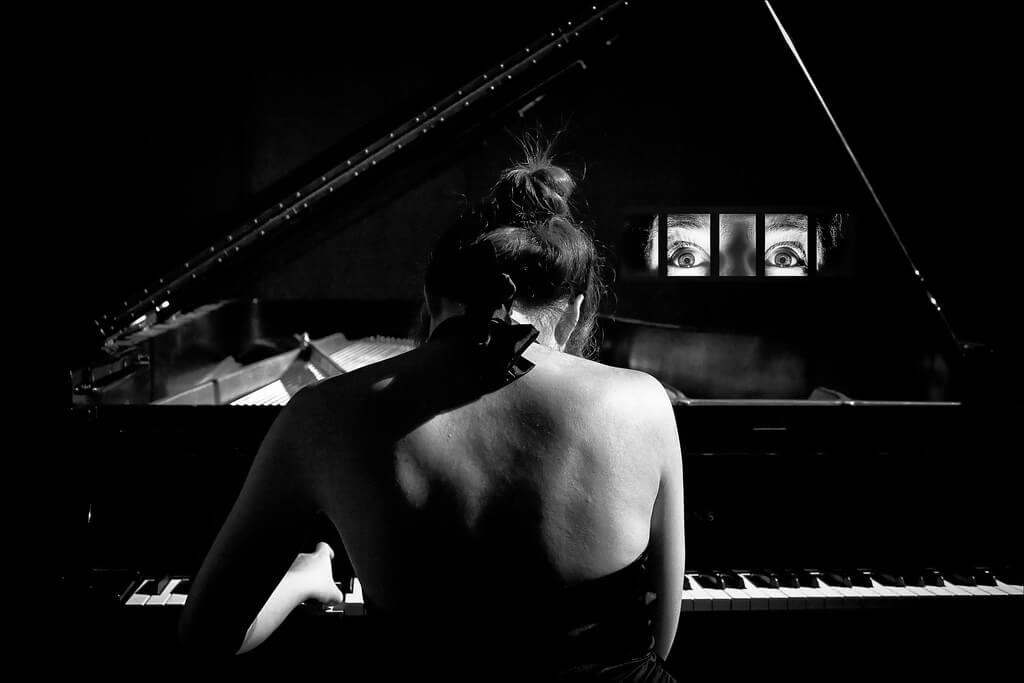
Dustin McIntyre – The Fray 2009 Mile High Music Festival in Commerce City, Colo.
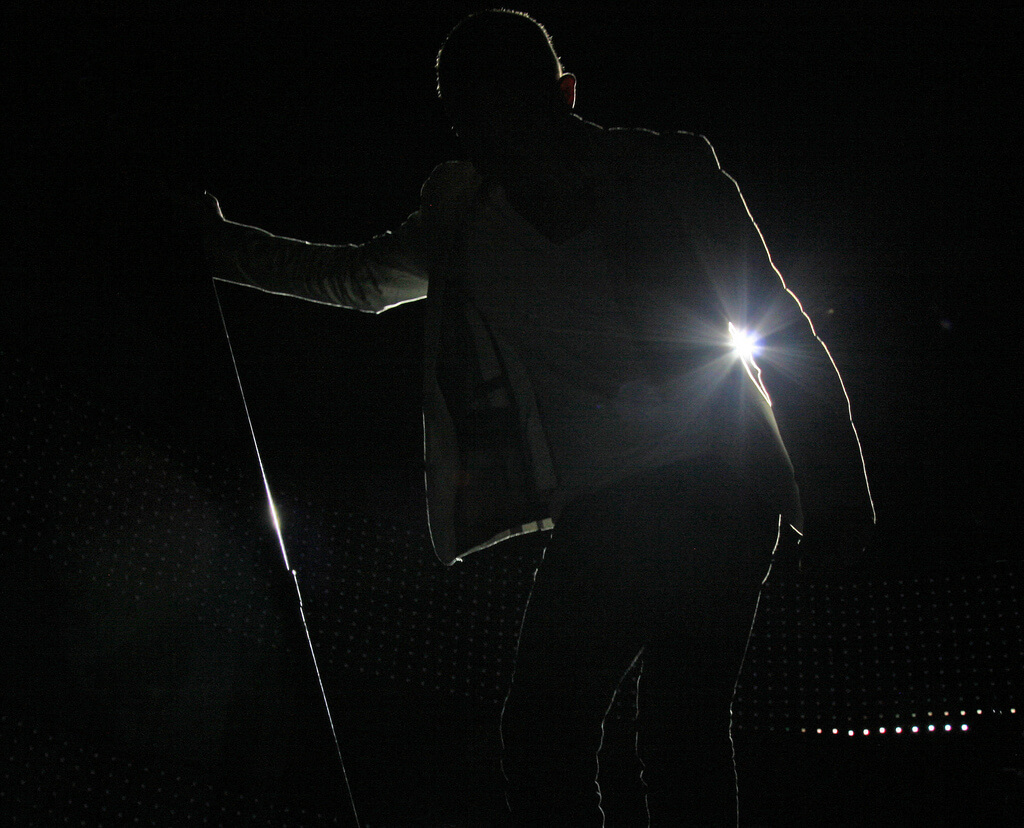
Cut down on distracting elements.
Concerts have a lot of interesting details, each of which could make a good photo. The performers, audience, and décor could all be worth photographing. The problem is, they’re all so close together that your photos can end up looking overcrowded.
Keeping your photos simple is a big challenge in concert photography. You need to find a way to minimize unnecessary elements, so your photos look clear and free of distractions.
Blurring the background is one way to accomplish this. Since the background is usually full of distractions, you’ll make your photo instantly more compelling this way.
Work with low-key lighting.
Low-key lighting is another way to simplify your photo’s composition. It can also be a good strategy for concerts with minimal lighting, especially if there are spot lights shining on your subjects.
For low-key photos, you use one main light to illuminate your subject, and that’s it. You don’t use back lights or fill lights, but rather leave most of the photo in shadow. This technique plays to the strength of low lighting, helping you to capture the atmosphere of the concert despite the darkness.
Marieke Hulzinga – Husky Loops
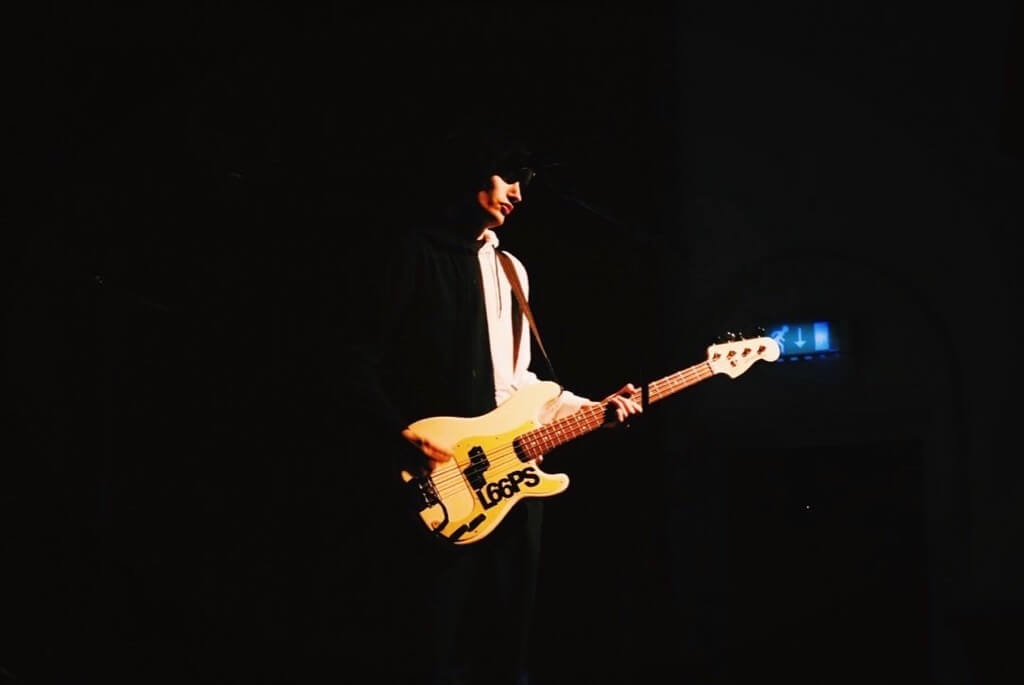
Pay attention to the spot lights.
If you’re trying to create a low-key image, you’ll naturally pay attention to the spot lights, those bright beams that shine on the stage. But even if the concert is well-lit, it’s important to note where the spot lights are, as they’ll influence how your photos look.
Sometimes, the spot lights stay on the performer, predictable and easy to compose. But sometimes, the spot lights move around as part of the show. They may even shine on the audience at times. Though harder to shoot, these unpredictable lights can lead to cool shots if you watch them carefully and shoot quickly.
Shoot in burst mode.
Concerts tend to have a lot of action. Even if you’re at a classical concert with slow music, there’s still constant movement as the instruments play. Capturing the right moment takes a fast shutter speed (if the lighting allows for it) and continuous shooting. By shooting in burst mode, you’ll increase your chances of getting the perfect picture among all the action.
Grace Lau – Lights @ Vogue Theatre
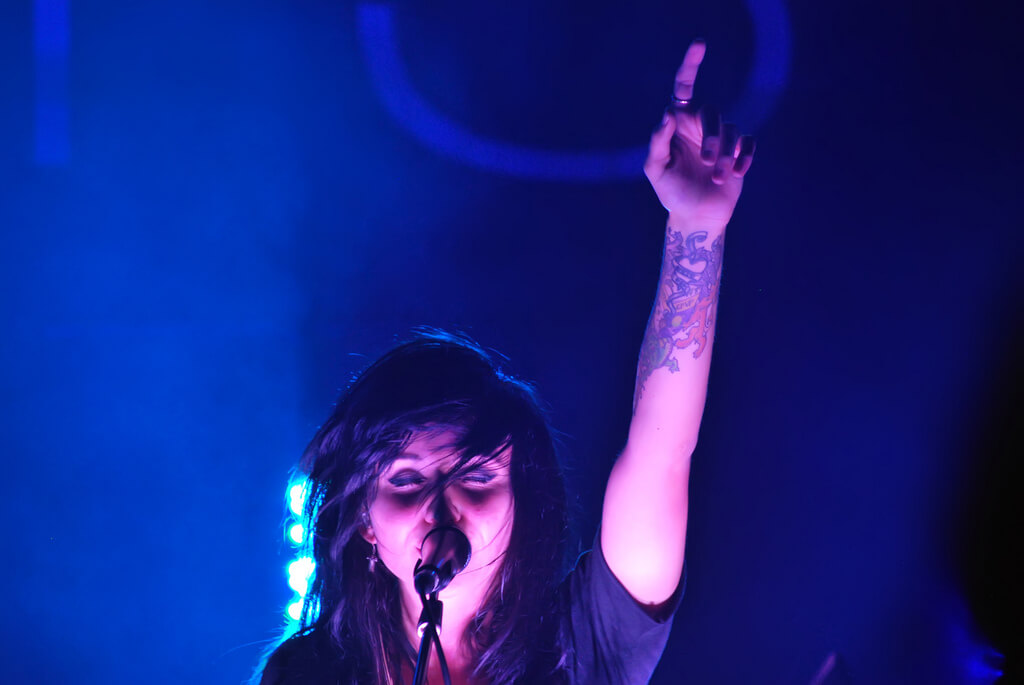
Алексей Морозов – Солнце, а не Алмазова.

Use smoke to your advantage.
Many popular concerts use smoke machines to create atmosphere and show off the lasers or light beams shining across the room. Without this haze, the audience would only see the starting and ending points of these lights. With haze, the whole room becomes part of the show, as lights and lasers streak through the air.
Unfortunately, this haze of smoke doesn’t often work great with photography. If you’re lucky, the smoke will hang behind the performers, creating an excellent background for your photos. However, if the smoke is thick and hanging in front of the performers, getting a nice shot can be near impossible.
In this situation, you have two main options. You can wait for the smoke the settle before you start shooting, or you can wait for the lights to shine behind the performers, creating silhouettes in the smoke. Either way, don’t use your flash! It’ll only bounce off the smoke and the people in front of you.
Capture silhouettes.
Shooting silhouettes can solve several problems you might encounter during a concert. For example, if you’re far from the stage, you can use the audience’s silhouette as a frame. Even if you can’t get any close-ups of the performers, you can still get stunning shots of the concert this way.
You can also get fantastic silhouettes in haze (as already mentioned) or poor lighting. As long as the stage has lights, it won’t matter if the rest of the room is dark. Just remember to aim for clear silhouettes, so the viewer will be able to recognize the subject.
Betty Nudler – Concert – Nathan Goshen
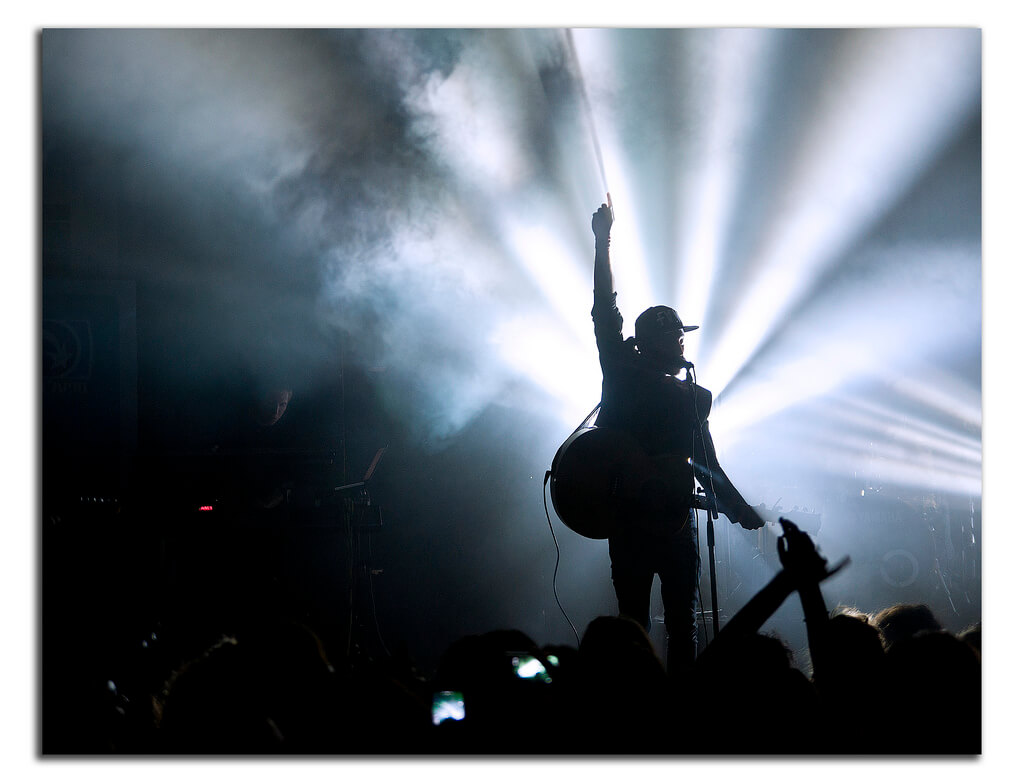
Marieke Hulzinga – The Murder Capital
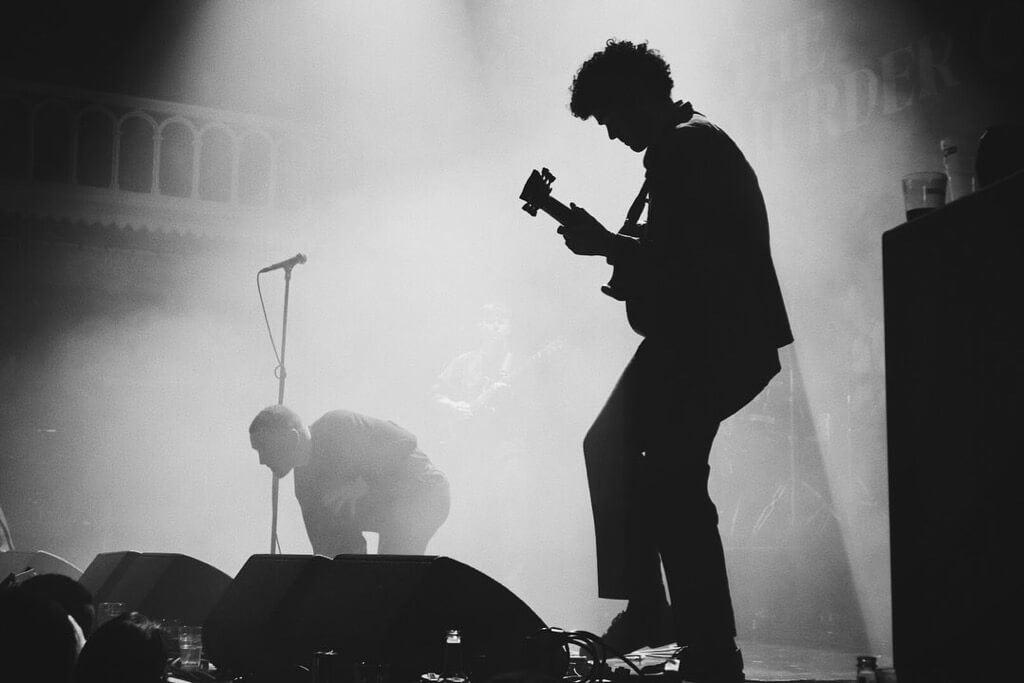
Try shooting in black and white.
If the concert has dim lights, you’ll have to shoot with a high ISO to increase the lighting of your photos. The downside to high ISO is that your photos can end up looking grainy. This graininess, called digital noise, can be especially noticeable in a color photo. That’s why black and white can be useful for concert photos, as it helps to hide this noise.
Some photographers try to use flash rather than boost their ISO, but generally, flash isn’t a good idea during a concert. Unless you have the musicians’ permission to use flash while photographing their concert, those sudden bursts of lights can be annoying and intrusive. Even if you do have permission to use flash, the audience may dislike you for it.
Besides, if you use flash, you’ll lose some of the ambient lighting effects so quintessential to concerts. Better to crank up your ISO and use a large aperture to increase the light, rather than ruin the environment with your flash.
If a high ISO and large aperture still aren’t enough, try slowing down your shutter speed a little – not so much to create blur, but enough to bring in more light. You can also try spot metering and, if necessary, getting a monopod like this one for more stability, allowing for even slower shutter speeds.
callum colquhoun – Atomic Vibes
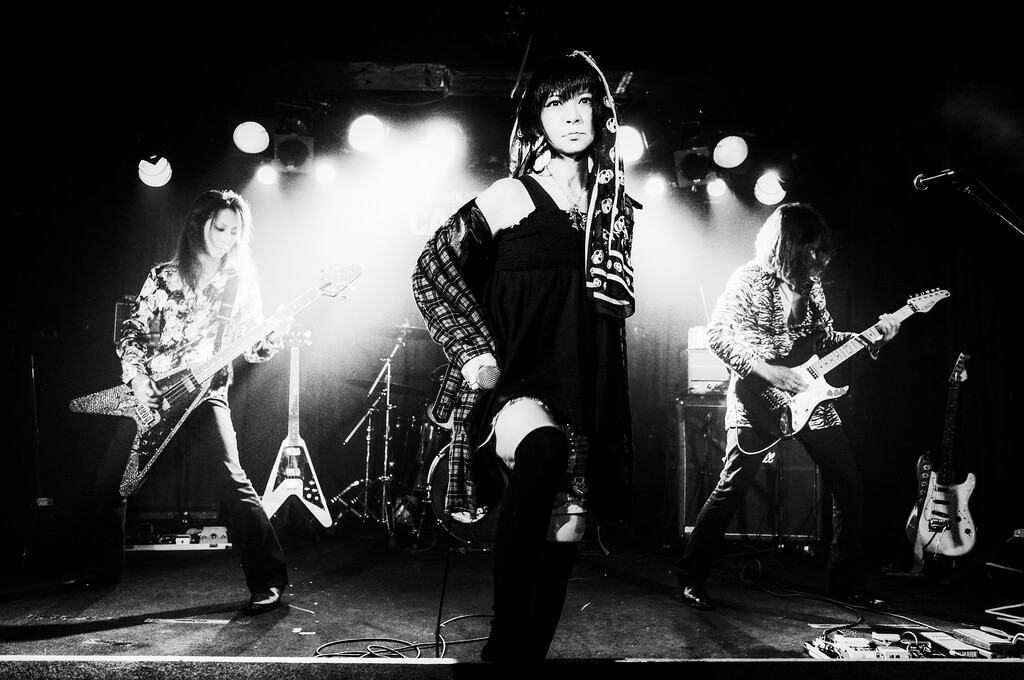
Focus on the audience.
Trapped near the back? Unable to get a good shot of the performance? No worries – the audience can be just as interesting to photograph. In fact, by focusing on the audience, you may even get better images that capture the full atmosphere of the concert.
After all, so much of a performance depends upon the audience. Its energy and enthusiasm are part of what makes the concert so special. So while you might be drawn to photographing the stage, don’t forget to look around you at everything else that’s happening.
Nizamettin Küçüköner – Untitled
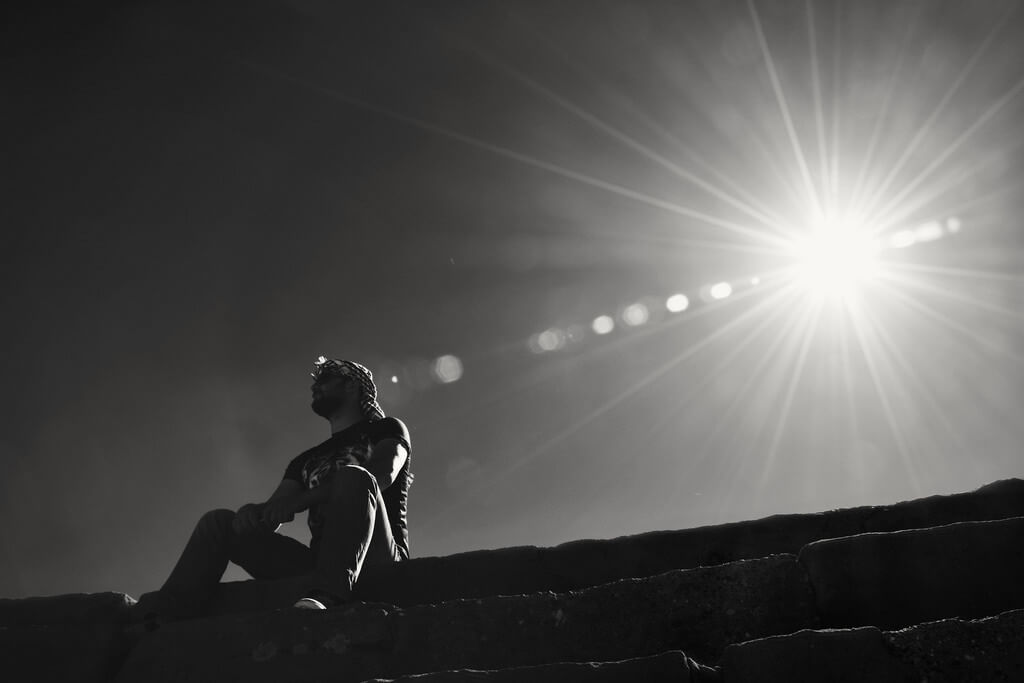
Ainul Islam – Those Youthful Days
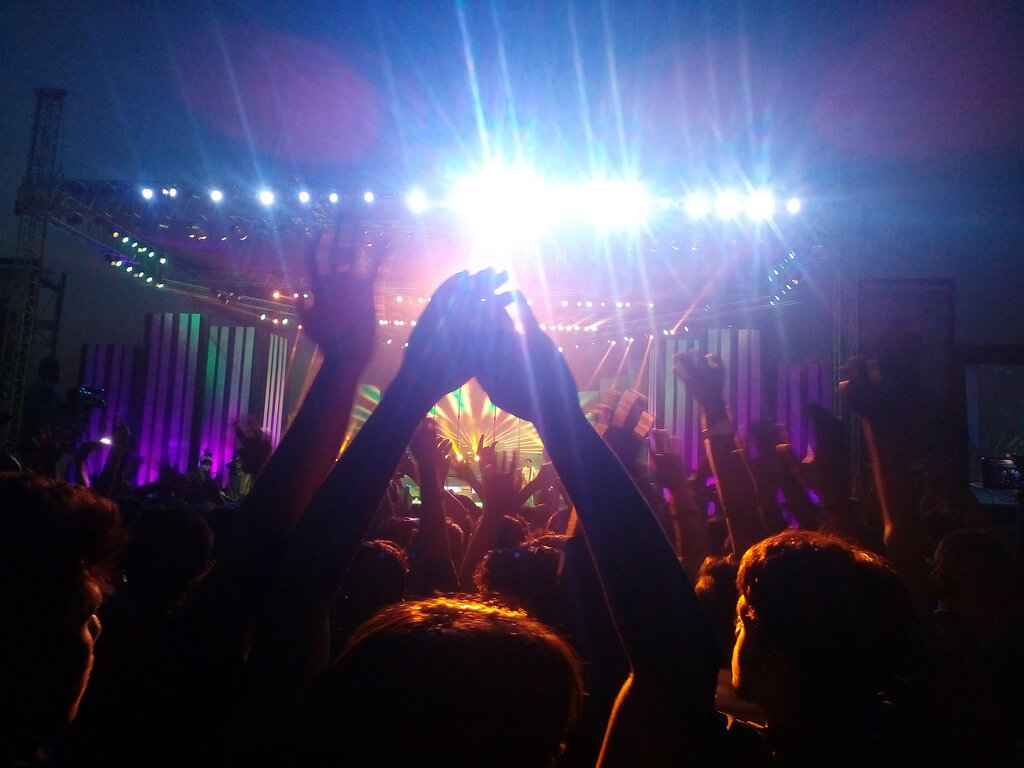
Many of the above photos were selected from our Flickr community. Got a cool concert photo? Share it with the group so we can admire your work!
